Welcome to my Blog
Thanks for stopping by my little corner of the world!
Grab yourself a cup of coffee, tea or whatever your preferred beverage is and get ready to meet some amazing couples, see some beautiful moments and get a little glimpse into my crazy life!
Hi! I'm Yael
Welcome
to
the YP
Blog!
Quick Links
Rom Coms got nothing on these stories!
I love ALL love stories, so I can't choose favorites, but check out some of my most recent ones!
“But then when Dana came around,” Joel said into the microphone during his best man speech. Joel paused. Collin looked over at Dana, “he was the coolest and most confident guy.” Dana smiled up at Collin. I don’t think there was a dry eye in the room. Joel was right. Together Dana and Collin were […]
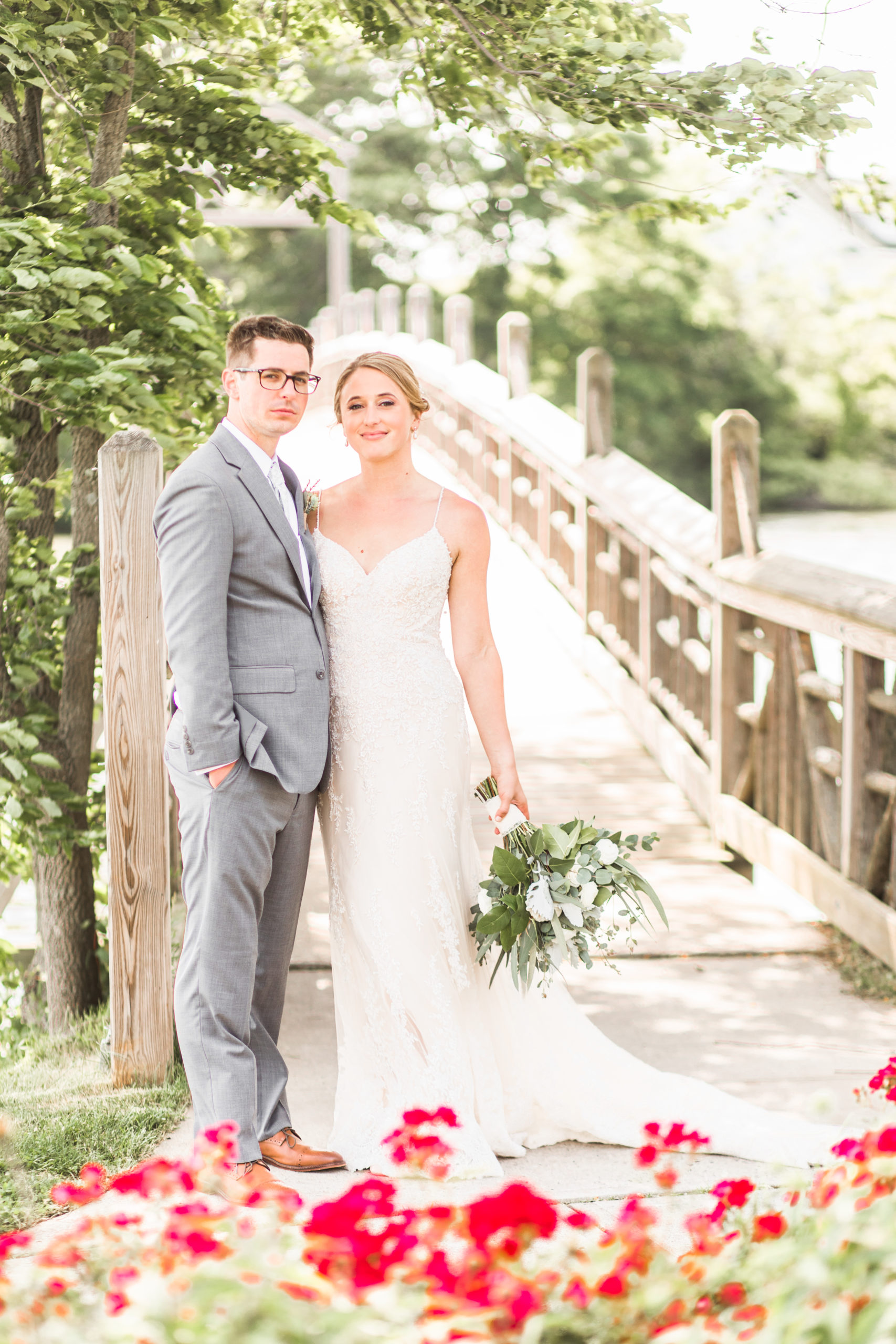
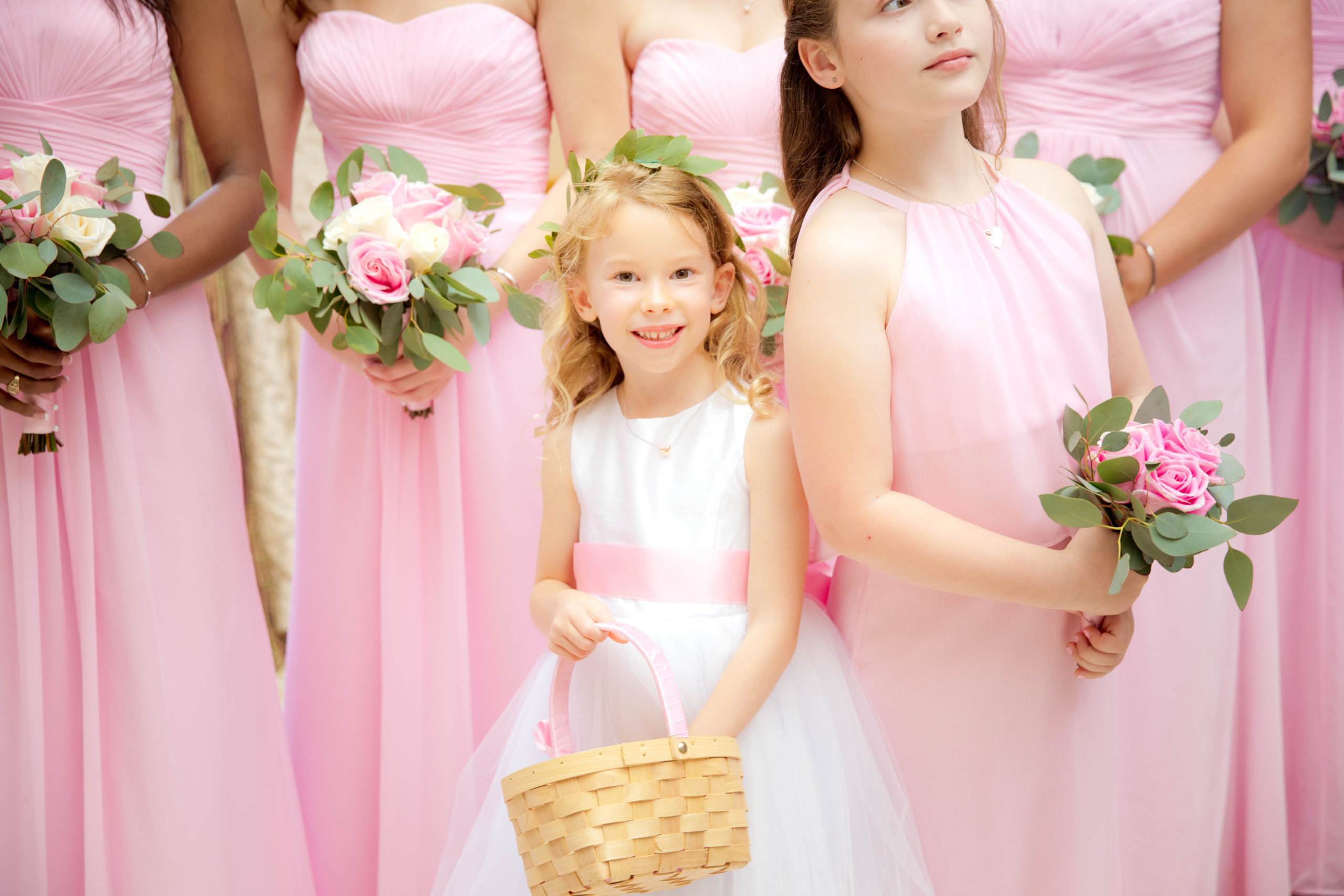
“Aunt Yael when are you getting married?” My eldest niece asked me for the third time of the weekend “I just can’t wait to be a flower girl!” My nieces are more excited about my future wedding (whenever that may be) than I am. All they want is to wear pretty dresses and throw petals […]
Let’s be real, weddings are expensive. I know that, you know that and your guests know that! I am here to tell you that not everyone you invite to your wedding needs a plus one. Yup! I said it! Not everyone needs a plus one. Here are the The Married Ones: Many of your guests […]
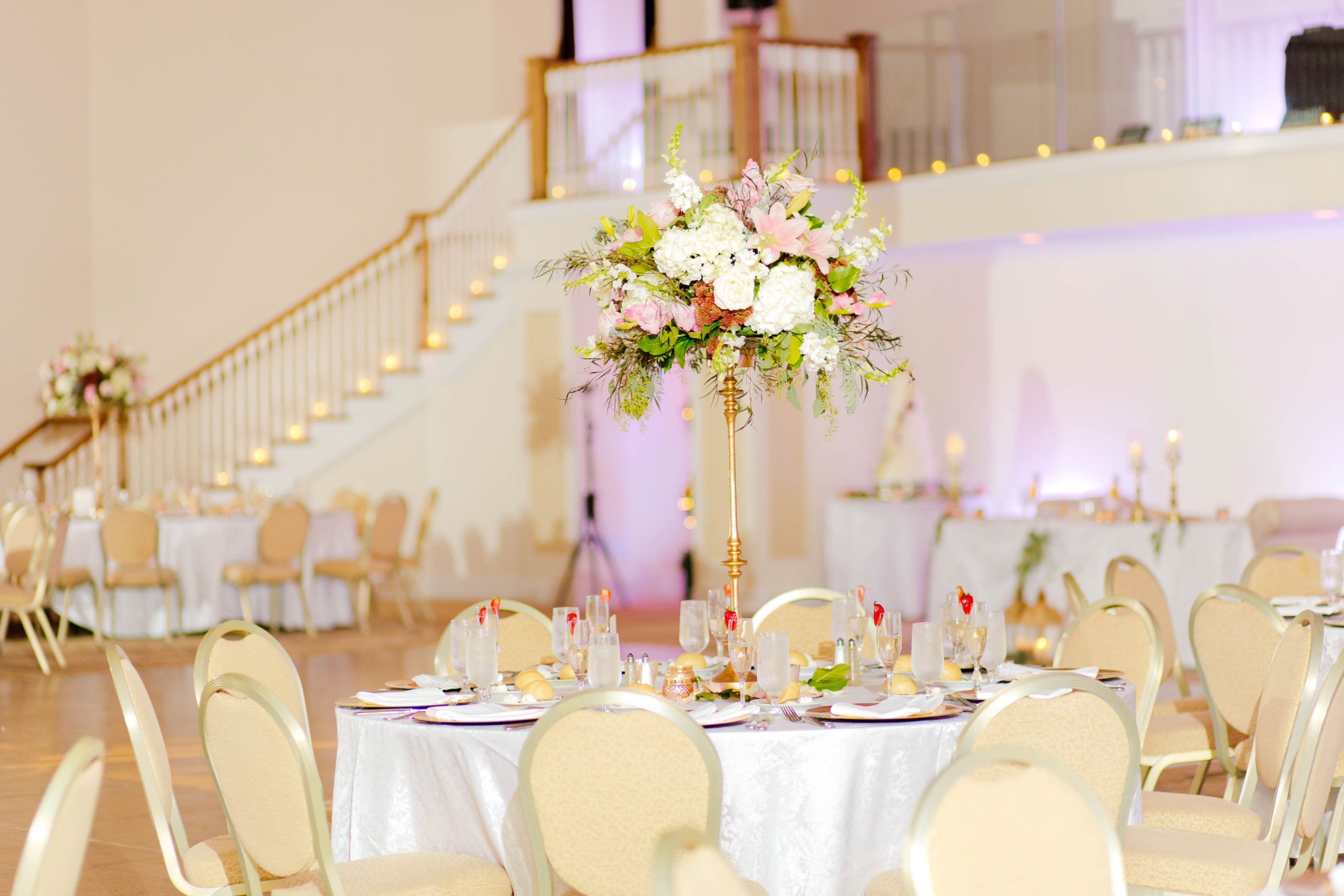
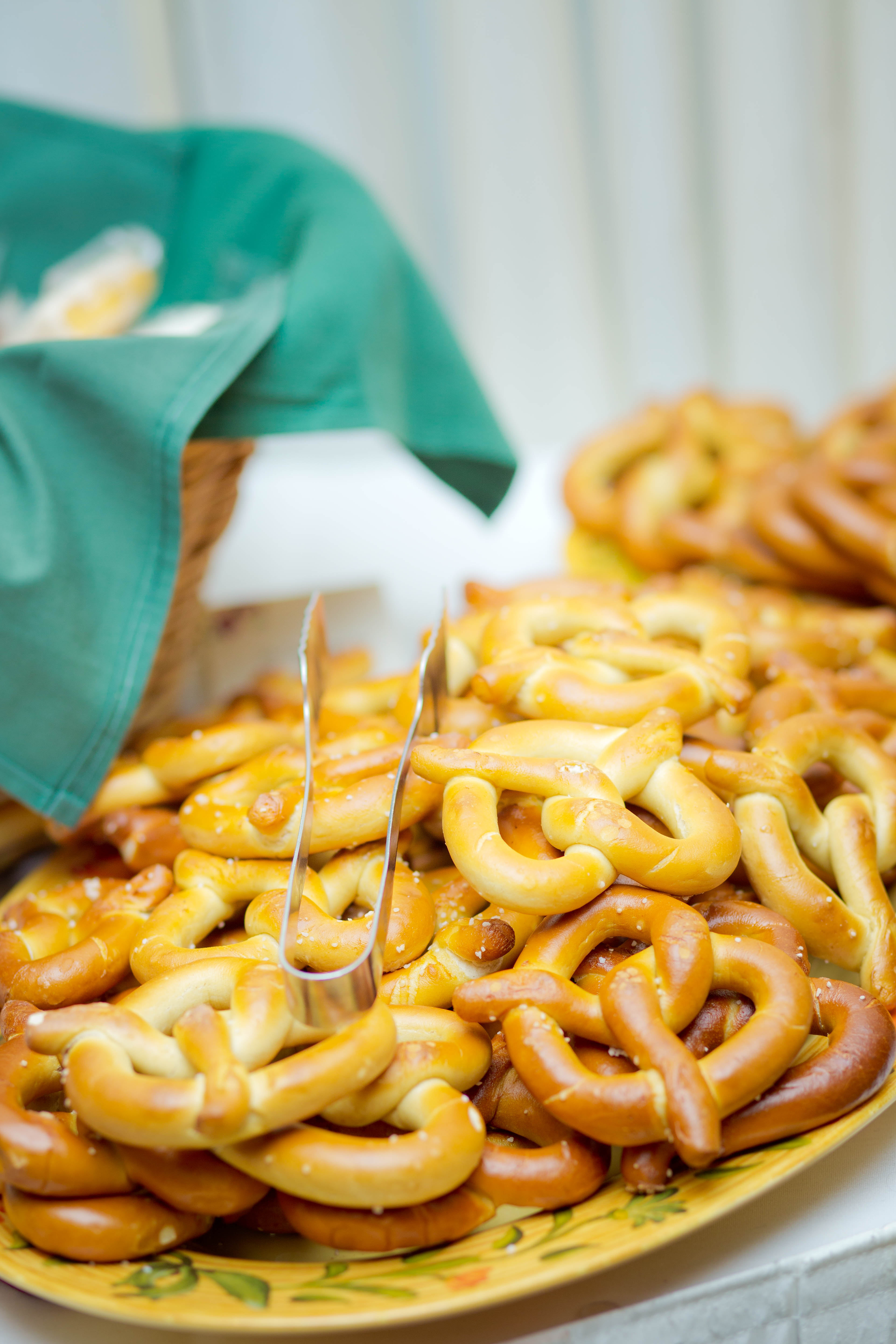
Imagine, it’s 11pm. Your wedding band has been killing it all night. The dance floor has been packed for hours. The drinks have been flowing. The photographer has been racing around the dance floor getting all of the best dance moves. Finally, you hear the band transition into a slow song, You see your guests […]
I know what you are thinking… don’t even say it. Don’t even utter the words “rain” and “wedding day” in the same sentence! I like to prepare for every scenario possible. Literally every scenario and that includes rain or shine on your big day and if you are anything like me, you will want to […]
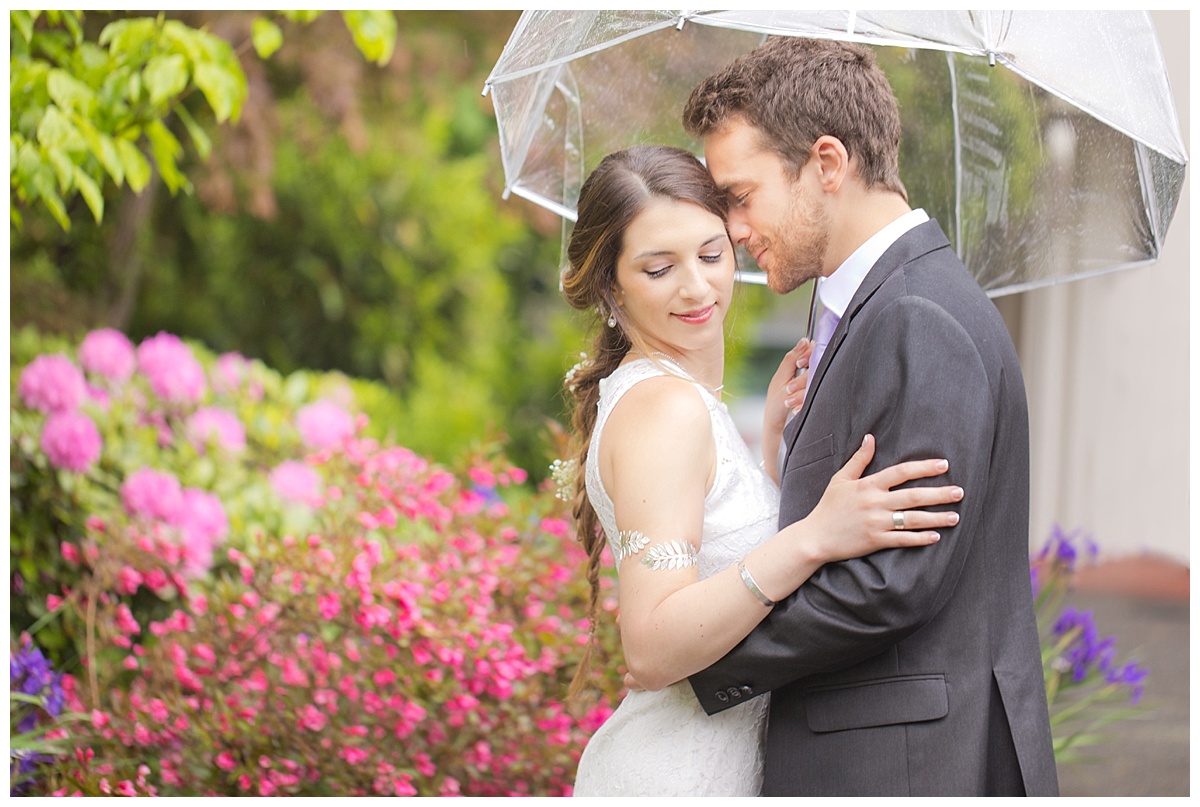
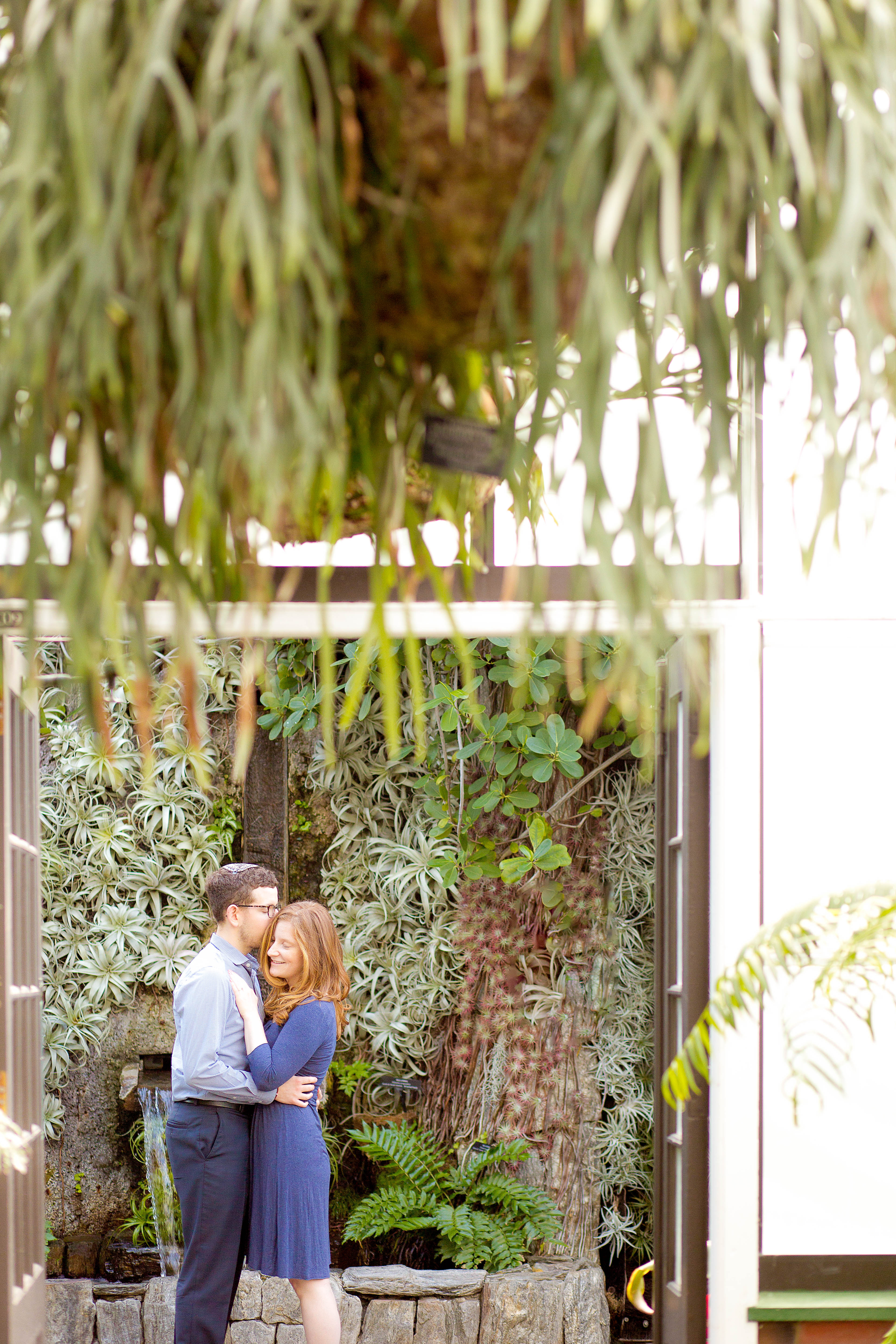
If you don’t have a wedding website, are you really getting married?! It’s 2019 my friends! This means we must go digital! Gone are the days were an invitation and a save-the-date is enough. Online, custom websites are here and they are here to stay! There are so many website platforms out there it can […]
You love your bridesmaid and groomsmen. I mean there is a reason why you chose these humans to stand up there next to you during one of the most important moments of your life! You want your bridesmaids and groomsmen to feel their best, look their best and have the best time celebrating your big […]
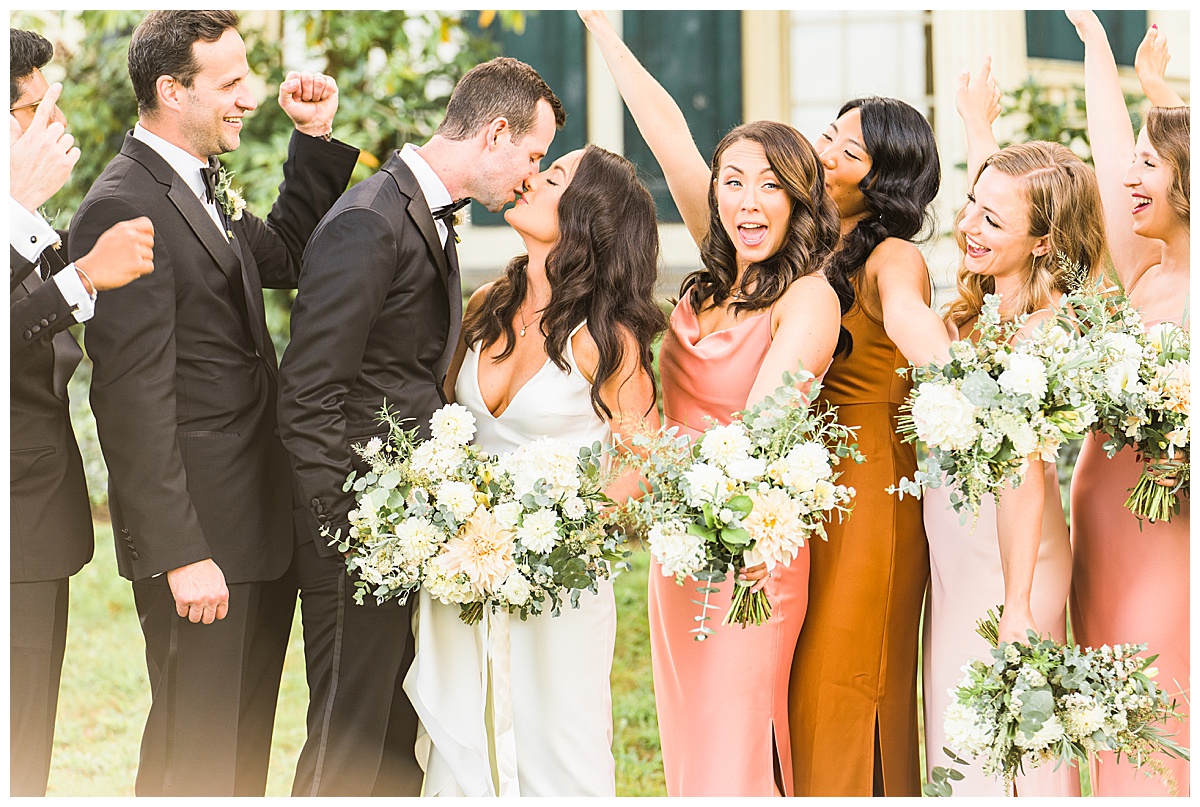
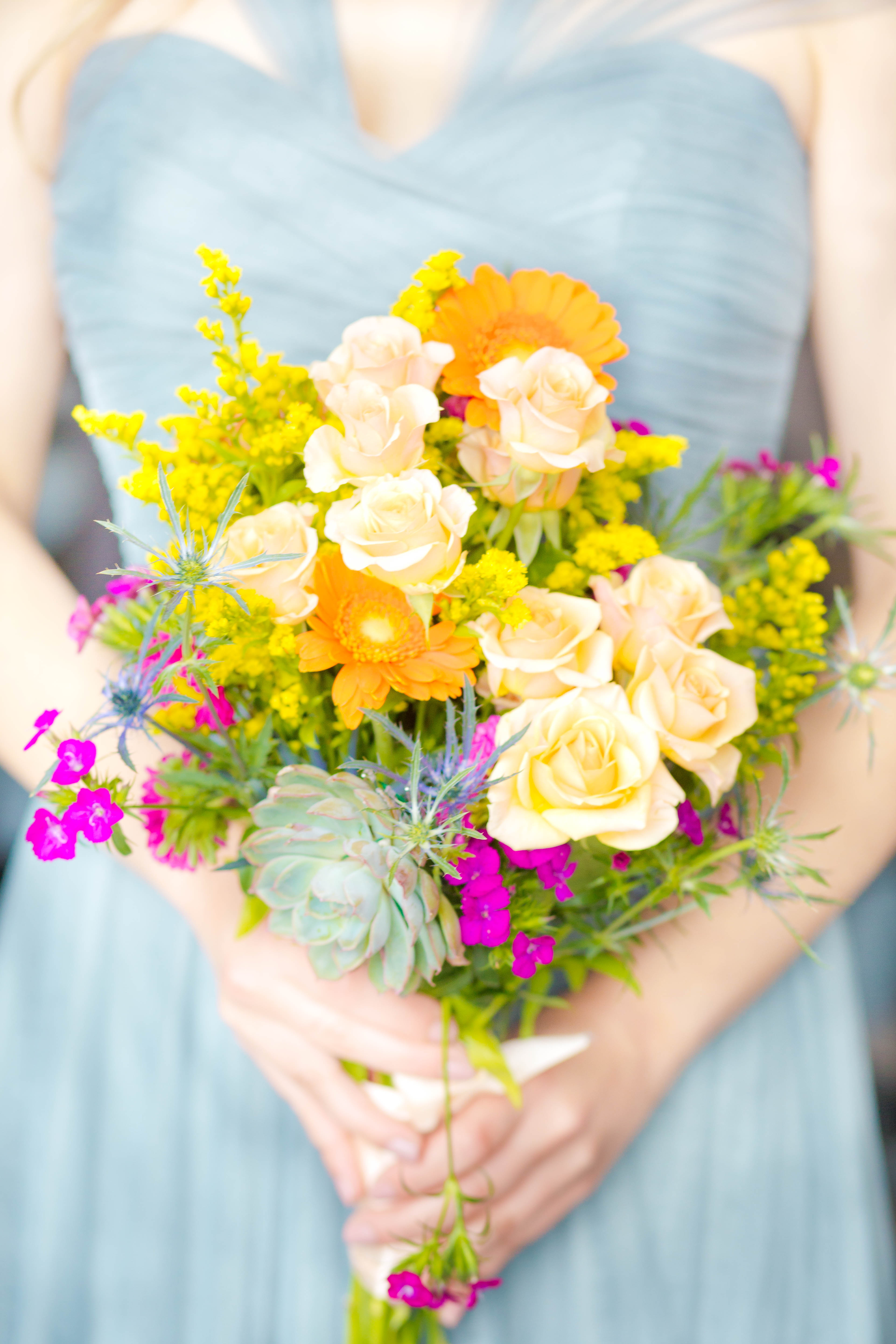
Your bridal bouquet. You spent a lot of time and money picking out your bridal bouquet. You spent months dreaming about them. You walked down the aisle holding them. You said “I do” with them by your side. So, why wouldn’t you want to find a way to preserve them!? I mean how tragic would […]
I know, without a doubt that you love your family. I also know that you are going to love your wedding photography and, of course, love your wedding day itself. Putting it all together can be a lot to handle, to say the least. Family photos can be overwhelming. So many different combinations, unique family […]
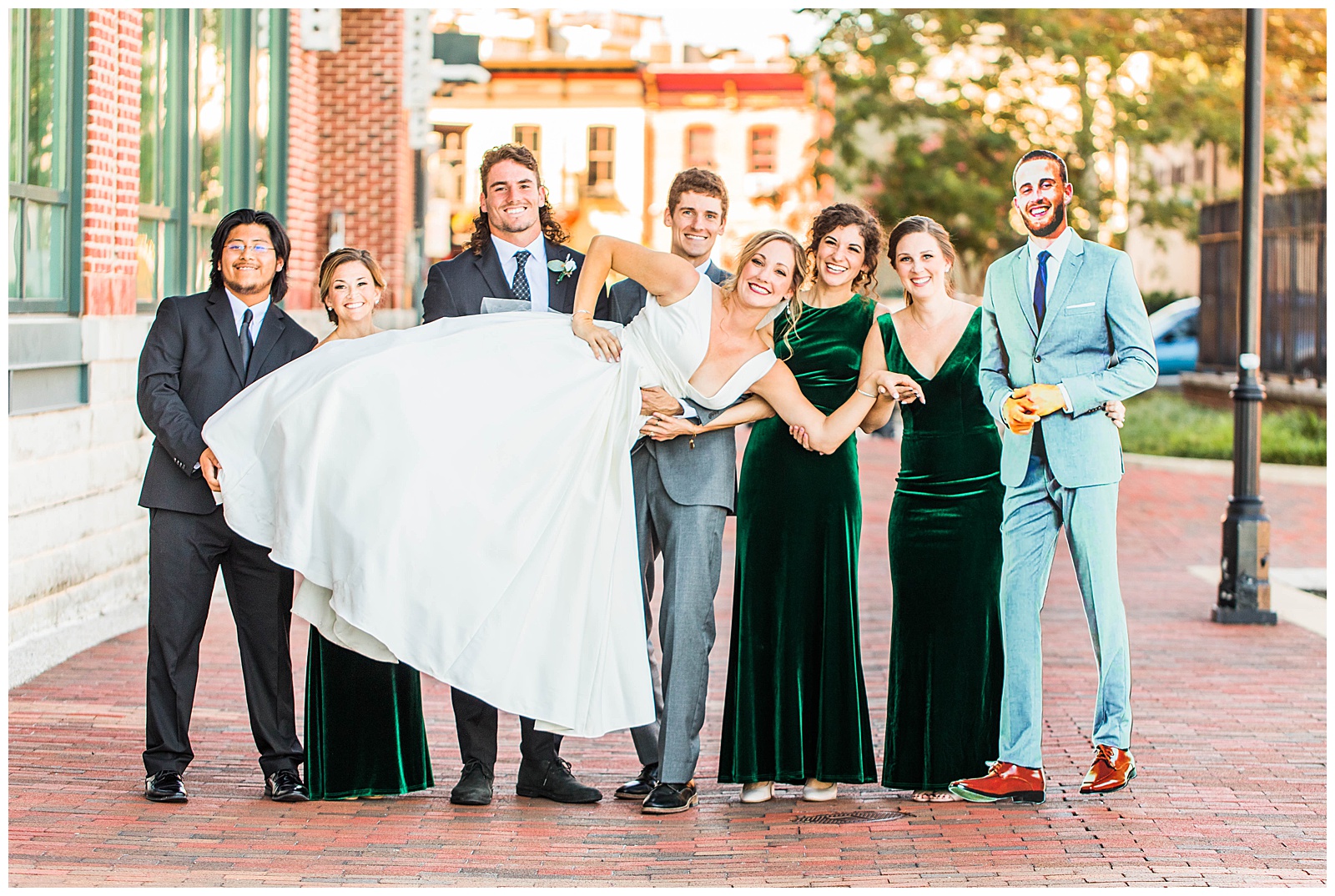
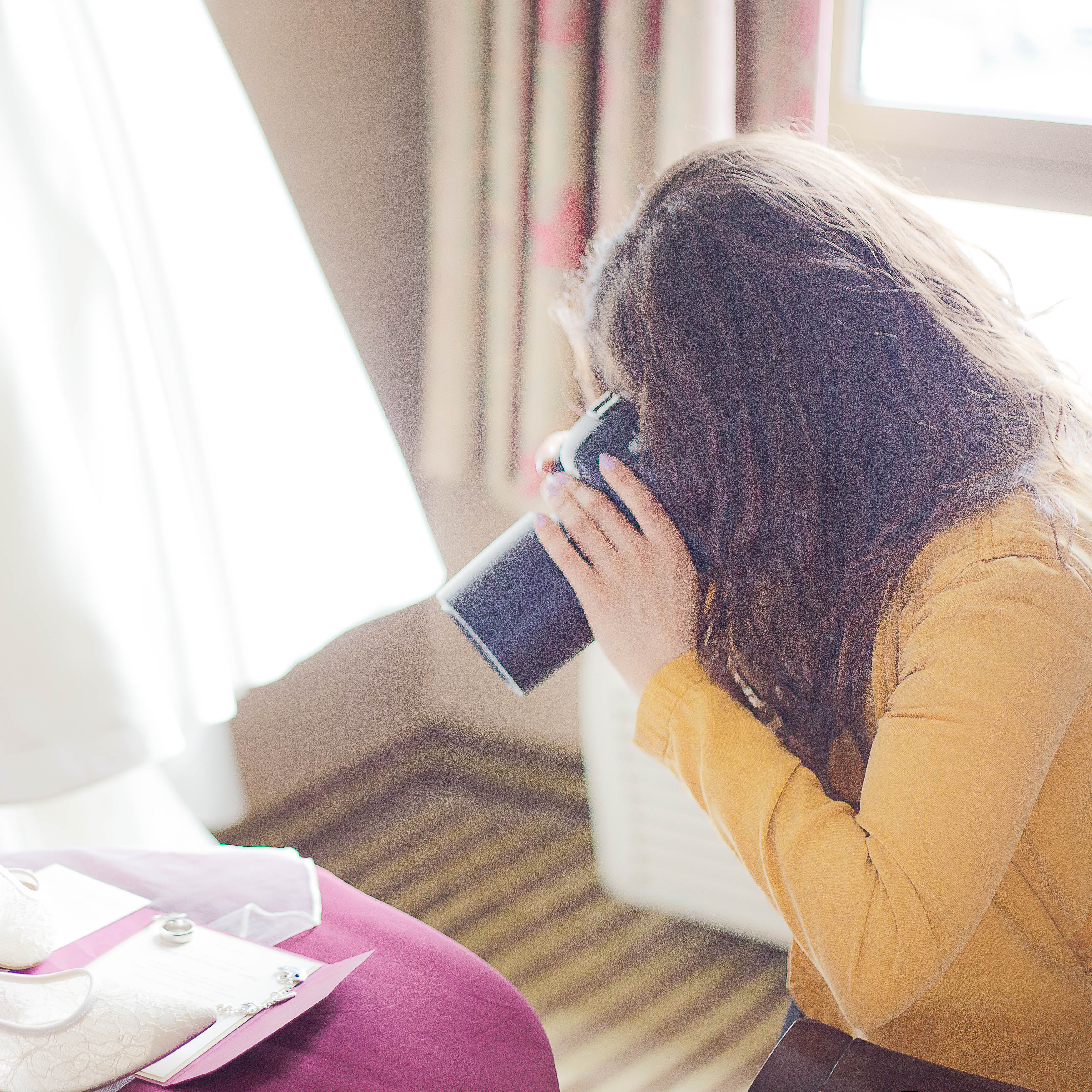
You have spent months, maybe even years choosing every last detail of your bridal look. From the shoes and flowers, to the beautiful earrings your Mom picked out and all the way to the necklace that every woman in your family wore on her wedding day. Every detail counts. Every detail is important. And every […]
Will you be next on the blog?
I seriously cannot wait to hear from you! From how you met, to where you got engaged and all the way to your big dream wedding plans, I want to hear every last detail!
Click the button below to get in touch!!